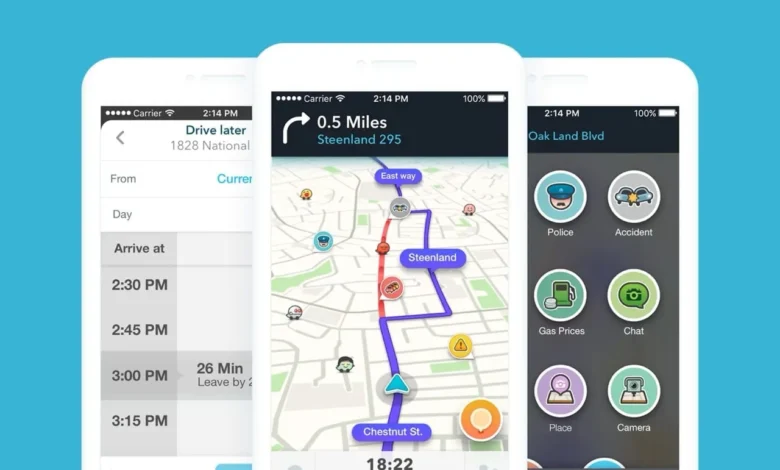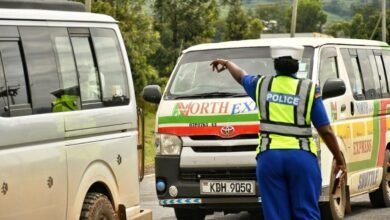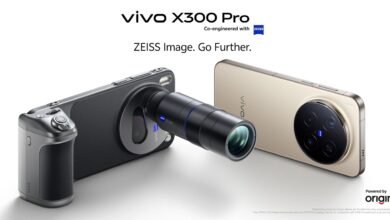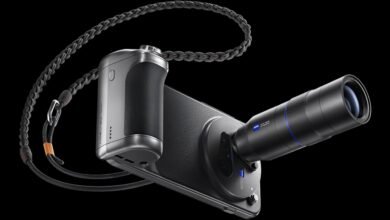
One of the standout features of Rwanda is the effectiveness of Waze, a mapping app and platform that provides driving directions, traffic updates, and more. Owned by Google since 2013, Waze is community-driven, with users contributing data about roads and places.
In Rwanda, Waze is notably accurate and reliable, in stark contrast to its performance in Kenya. This discrepancy raises questions about the reasons behind it and potential solutions.
Key observations about Waze in Rwanda include:
- Speed Camera Notifications: The app warns about speed cameras well in advance.
- Traffic Light Camera Alerts: Users receive early notifications about traffic lights.
- Lane Guidance: Waze accurately indicates the correct highway lane and when to switch lanes for a destination.
- Speed Limits: The app provides detailed speed limit information for each road and alerts when you exceed these limits.

The quality of Waze’s data is likely due to input from its users. Thus, if more Kenyans used Waze and contributed data, one can argue that the app could become a robust driving assistant. However, the continued lack of proper road maintenance, proper road markings, and effective road authorities in Kenya, limits any possible effectiveness of an app like Waze here.
You cannot build effective digital assistants when on the ground things are mad, confused and literal hell. Forget for once parts of Nairobi outside the CBD, and take for example the Nairobi – Nakuru – Kisumu route, a constant hell-hole every festive, rainy or political season. How would an app like Waze work for such a route? Speed camera notifications? Well nope. Cops hide the speed cameras in bushes, so that they can arrest you and ask for bribes. Lane change notifications? Well, what lanes when public matatus can jump onto climbing lanes or oncoming traffic lanes without giving a damn.
Contrast that with Rwanda where you find well-labeled roads, adherence to traffic rules and speed limits by all, including motorcyclists, and a police force focused on direction and assistance rather than harassment. That is an environment that is conducive to Waze’s functionality, unlike Kenya, where the app for now is best limited to notifications about drunk driving checkpoints or maybe at best accident notifications.
Driving in Kenya is a very annoying, frustrating and intimidating endeavour. It’s not just that roads are not properly marked, it’s also how we drive. Many people don’t follow traffic rules, and in the few places where traffic lights are, you will normally see some cars and motorcycles pass red lights without any consequences. People overlap, people tailgate, people use the wrong lanes. With such a culture, there’s no way around even through an app.
To reach the levels of organization and reliability Waze offers in Rwanda, Kenya must seriously reconsider its road infrastructure. Maintenance, standardization, and proper marking are essential, not optional. It should start with authorities like KeNHA and NTSA and whichever new authority the government dreams up. They should ensure that roads are labelled, maintained, standardised and always perfect. They should ensure that everyone on the road qualifies to actually drive. Once that is established, installing cameras, traffic lights and fostering a better driving culture can follow.







